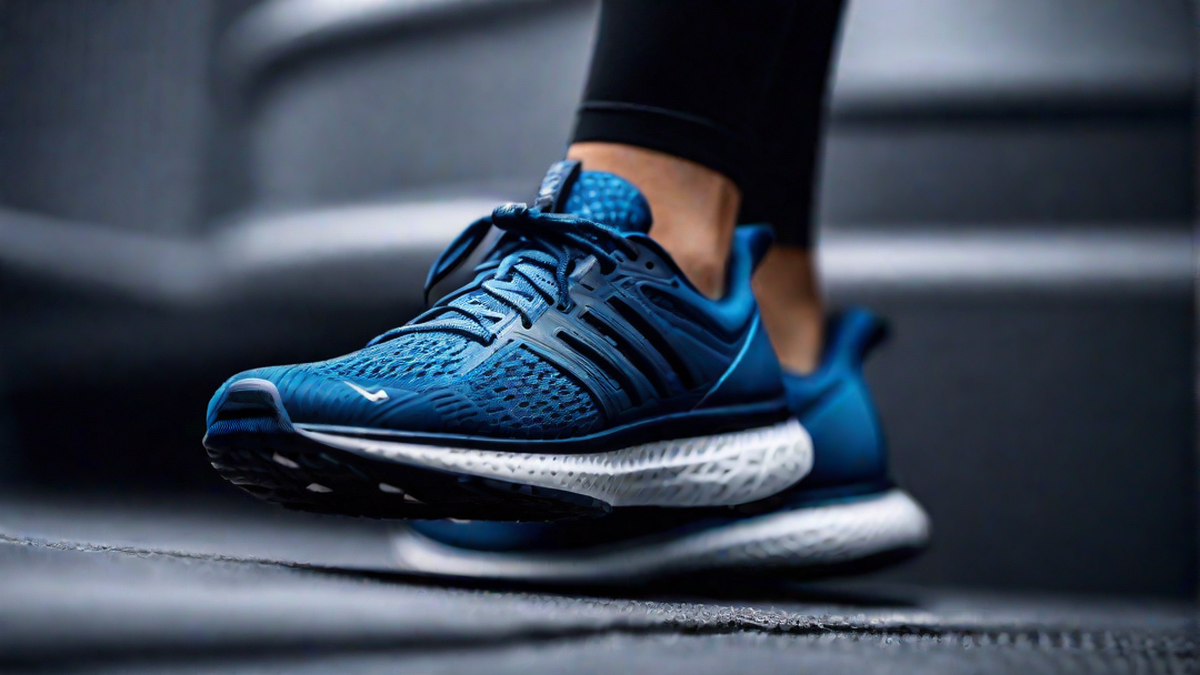Zero drop running shoes have become quite popular among runners in recent years. These shoes have a unique design that sets them apart from traditional running shoes. In this article, I will explain what zero drop running shoes are, how they differ from other running shoes, and why they may be a great option for runners looking for a more natural running experience.
What are zero drop running shoes?
Zero drop running shoes are shoes that have the same distance between the heel and the forefoot. In other words, the heel and the ball of the foot are at the same height from the ground, creating a level platform for the foot. This is in contrast to traditional running shoes, which typically have a higher heel and a lower forefoot, creating a slope from heel to toe.
One of the key characteristics of zero drop running shoes is the absence of a raised heel. This allows the foot to maintain a more natural position during running, promoting a more balanced and efficient stride. It also helps to encourage a midfoot or forefoot striking pattern, as opposed to a heel strike, which can reduce the impact forces on the body.
I personally have found that running in zero drop shoes has helped me improve my running form and reduce the risk of injuries. The level platform of these shoes allows for a more natural foot strike, which has helped me land with my foot more under my center of gravity, reducing the risk of overstriding. Additionally, the lower heel has encouraged me to engage my calf muscles more during running, which has improved my overall running efficiency.
How do zero drop running shoes differ from traditional running shoes?
One of the main differences between zero drop running shoes and traditional running shoes is the heel-to-toe drop. Traditional running shoes typically have a heel-to-toe drop of around 10-12mm, with the heel being significantly higher than the forefoot. This design is often thought to provide cushioning and support for heel strikers.
Zero drop running shoes, on the other hand, have a heel-to-toe drop of 0mm, hence the name “zero drop”. This design promotes a more natural foot strike and allows the foot to function more naturally during running. It also encourages a more efficient running gait, as landing on the midfoot or forefoot can help to absorb shock and reduce the risk of injuries.
In terms of cushioning, zero drop running shoes can vary. Some models have minimal cushioning, offering a more minimalistic and responsive feel, while others may have more cushioning for added comfort and protection. It’s important to find a zero drop shoe that suits your individual preferences and running needs.
Why choose zero drop running shoes?
There are several reasons why runners may choose to wear zero drop running shoes. One of the main reasons is the potential benefits for running form and injury prevention. The level platform and natural foot strike encouraged by zero drop shoes can help to improve running efficiency and reduce the risk of overstriding or heel striking, which can lead to injuries such as shin splints or knee pain.
Additionally, zero drop running shoes can help to strengthen the feet and lower leg muscles. By allowing the foot to function more naturally, these shoes can help to activate and engage the muscles in the feet, calves, and ankles. This can be beneficial for runners looking to improve their strength and stability.
Another reason why some runners choose zero drop shoes is the desire for a more minimalistic running experience. Zero drop shoes often have a lightweight and flexible design, allowing the runner to have a greater connection with the ground. This can provide a more sensory and responsive running experience, which some runners prefer.
Conclusion
Zero drop running shoes have gained popularity among runners due to their unique design and potential benefits. These shoes provide a level platform for the foot and encourage a more natural foot strike, promoting better running form and potentially reducing the risk of injuries. Whether you’re looking to improve your running form, strengthen your feet and lower legs, or simply experience a more minimalistic running feel, zero drop running shoes may be worth considering.

